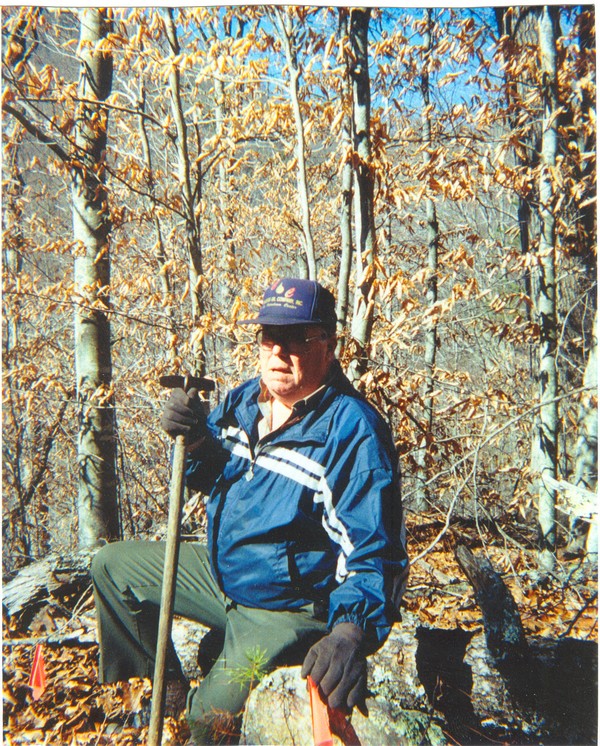The Great Indian Warpath — also known as the Great Indian War and Trading Path, or the Seneca Trail — was that part of the network of trails in eastern North America developed and used by Native Americans which ran through the Great Appalachian Valley.
The Great Valley, also called the Great Appalachian Valley or Great Valley Region, is one of the major landform features of eastern North America. It is a gigantic trough — a chain of valley lowlands — and the central feature of the Appalachian Mountain system. The trough stretches about 700 miles from Canada to Alabama and has been an important north-south route of travel since prehistoric times.
For white immigrants the Great Valley was a major route for settlement and commerce in the United States along the
Great Wagon Road, which began in Philadelphia. In the Shenandoah Valley the road was known as the
Valley Pike. The
Wilderness Road branched off from the Great Wagon Road at present-day Roanoke, Virginia crossed the Cumberland Gap and led to Kentucky and Tennessee, especially the fertile Bluegrass region and Nashville Basin. Another branch at Roanoke, called the "Carolina Road" led into the Piedmont regions of North Carolina, South Carolina, and Georgia.
Scot-Irish and German settlers traveling down the Wilderness Trail entered Botetourt County VA northeast of present day Buchanan, fording the James River at ferries located in the area. They were following the old Indian trails used for hunting and fighting. The trail followed present day US Route 11 from the Buchanan area through the eastern part of the county, exiting south of Cloverdale. Many of these travelers, seeing the fertile valleys, rolling hillsides and plentiful natural resources, settled in the region, with the first community life being documented in the 1740s. By the 1770s the population was sufficient to create a county government system. Descendants of many of these early families have remained in Botetourt County to the present day, helping to develop the business, industry and commerce that made Botetourt County a thriving community over the past two centuries.
Located near the base of Purgatory Mountain at a bend in the
James River was
Looney's Ferry, the earliest known ferry crossing in the region. Established around 1742, the ferry license was granted to John Patton (for whom the town of Pattonsburg was named) as a crossing point on the James River of the Wilderness Trail. The Ferry was operated by
Robert Looney, who lived nearby. Near this location was established Fort Fauquier (1758), earlier referred to as
Looney's Fort, that was established to protect local residents from attacks by Shawnee Indians.
SOURCES: Wikipedia and
Botetourt County Tourism.








